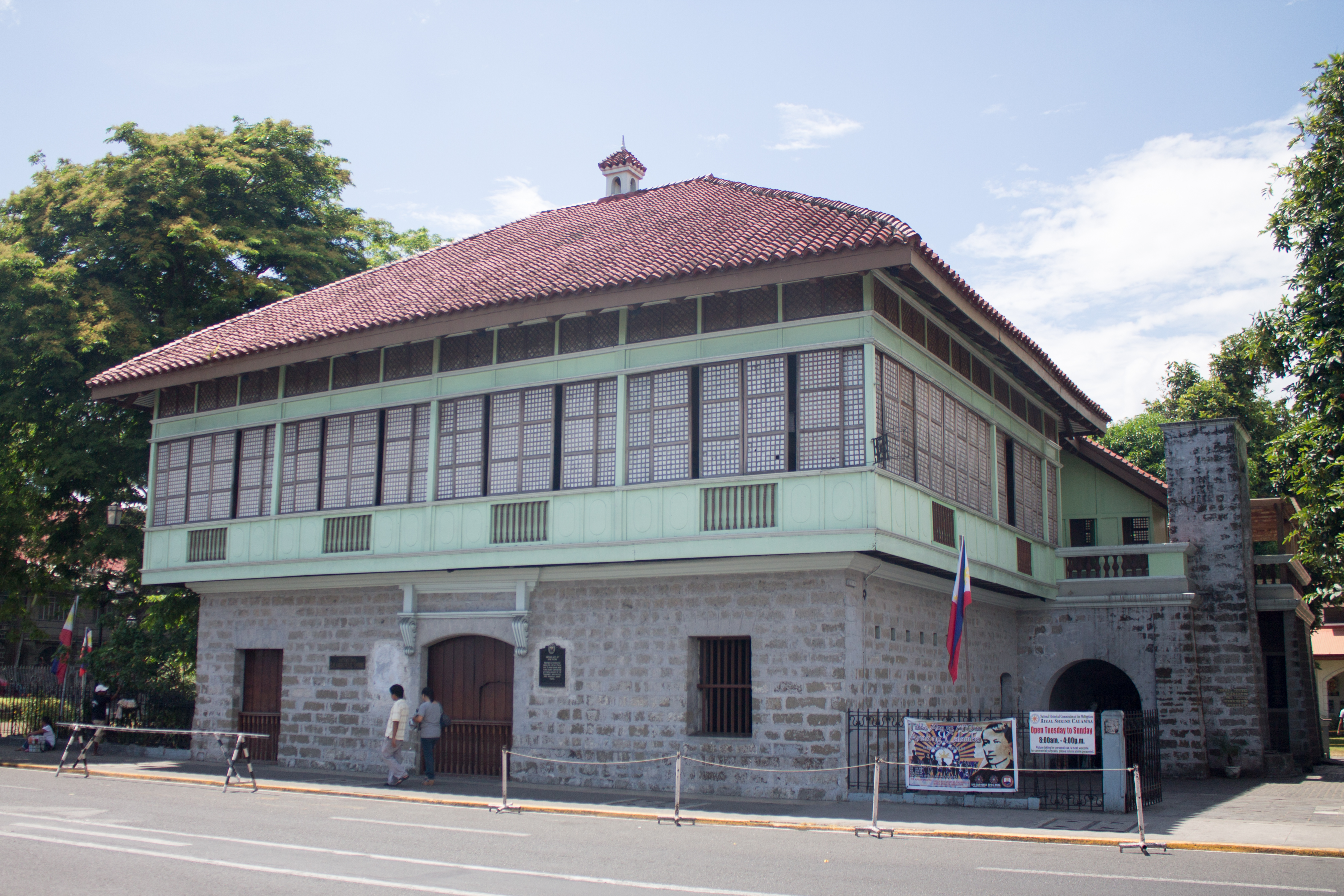#bahay_na_bato

Bahay na bato
Style of Filipino house architecture
The báhay na bató, also known in Visayan languages as baláy na bató or balay nga bato, is a type of building originating during the Spanish colonial period of the Philippines. It is an updated version of the traditional bahay kubo of the Christianized lowlanders, known for its use of masonry in its construction, using stone and brick materials and later synthetic concrete, rather than just full organic materials of the former style. Its design has evolved throughout the ages, but still maintains the bahay kubo's architectural principle, which is adapted to the tropical climate, stormy season, and earthquake-prone environment of the whole archipelago of the Philippines, and fuses it with the influence of Spanish colonizers. It is one of the many architecture throughout the Spanish Empire known as Arquitectura mestiza. The style is a hybrid of Austronesian and Spanish architecture; and later, with early 20th-century American architecture, supporting the fact that the Philippines is a result of these cultures mixing. Its most common appearance features an elevated, overhanging wooden upper story standing on wooden posts in a rectangular arrangement as a foundation. The posts are placed behind Spanish-style solid stone blocks or bricks, giving the impression of a first floor. Still, the ground level contains storage rooms, cellars, shops, or other business-related functions. The second floor is the elevated residential apartment, as it is with the bahay kubo. The roof materials are either Spanish-style curving clay tiles or thatched with leaves, with later 19th-century designs featuring galvanization. Roof styles are traditionally high pitched and include the gable roof, hip roof, and a traditional combination of both. Horses for carriages are housed in stables called caballerizas.
Mon 16th
Provided by Wikipedia
This keyword could refer to multiple things. Here are some suggestions: